
Call of Cthulhu • Trading dungeons for manors and dragons for eldritch abominations
More Videos
Published
4 years agoon
By
Jake Neville
This week I take a break from video games and swap console for textbook, controller for pen, and screen for imagination. Table top RPG’s, or pen and paper role playing games, have recently felt a resurgence in their popularity due to modern celebration of nerd culture and the success of Stranger Things that featured the genre’s most well known iteration, Dungeons and Dragons. This genre of gaming is the ultimate progenitor to modern day video games, serving as the inspiration for what an interactive gaming experience should be like, and how things like player statistics and damage are designed and calculated. Having been introduced to the world of table top RPG’s first by Dungeons and Dragons, I sought out other versions of the similar formula and came across what many experts consider to be the pinnacle of pen and paper games, the 1920s set Call of Cthulhu…
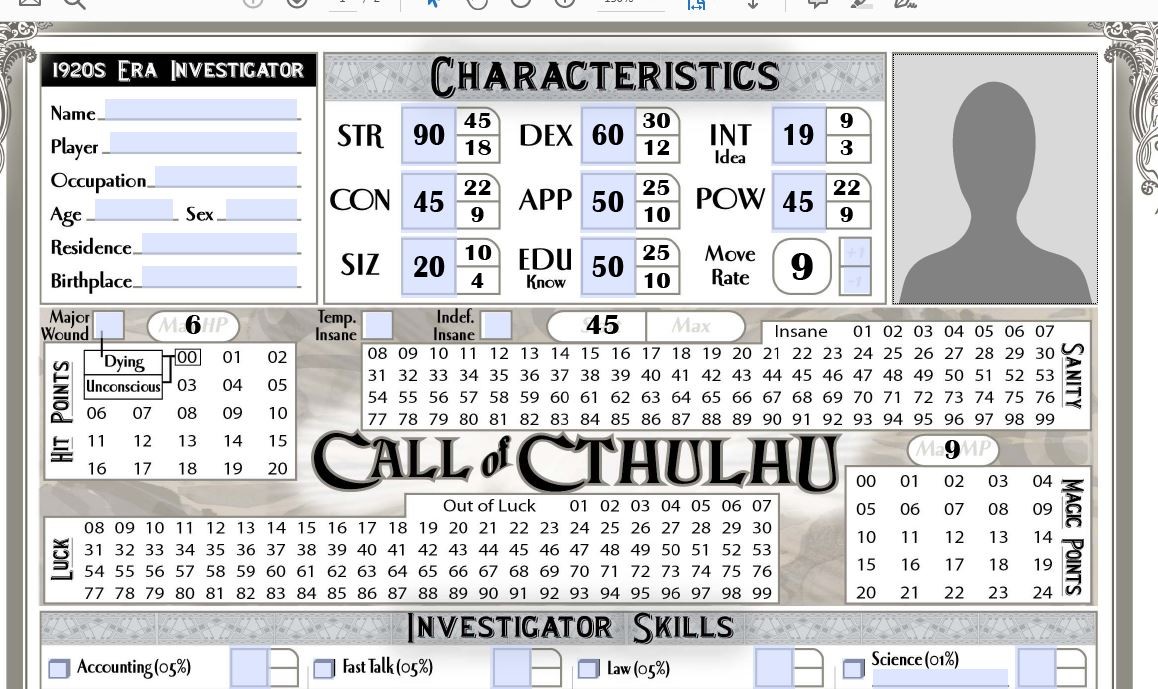
Prepare to die, and use pens, and paper
This review will be geared a little more to those unfamiliar with the genre and its tropes, so it’s necessary to go over the basics of gameplay first. Without bogging down too much in the game’s intricacies, players are first required to build their own character. There is the usual opportunity for player’s to flesh out their characters background as freely and as thoroughly as they would like, some basic stats are rolled for (like luck, naturally), but most have set values that are able to be personally allocated by the player. Here is where the differences in gameplay between the conventional Dungeons and Dragons starts to show – rather than skills and abilities being pre-determined by the player’s race or class, all players are able to personalise their skillset (things like driving a car, analysing textbooks, spotting hidden objects, conducting week-long anthropological research) however they want. This offers players just that much more control over how they want their character to play, increasing enjoyment a little bit more. Following this, characters are dropped into a pre-written campaign guided by a ‘Keeper’ (‘Dungeon Master’) who takes the role of reading action lines, embodying the denizens of the world, calculating damages, and maintaining an overall sense of flow for the group of players. And thus the game really begins…
Players coming from action-oriented video games, or even Dungeons and Dragons may feel the game to be lacking in substance at first due to Call of Cthulhu‘s strong focus on detective work in comparison to combat encounters. As all player characters in game are human, the nature of the gameplay encourages detective work by piecing clues together, sweet-talking, and utilising non-violent paths to avoid danger altogether. There is combat involved occasionally, but since your character is likely a banker or something who has been roped into all this and armed only with a plank of wood against a village full of bloodthirsty cultists, it is unlikely you will survive anything more than a punch to the face. While this may seem like the game is unfairly difficult (and it’s designed to be if you don’t use your head), it certainly makes the game all that more exhilirating knowing that your character is always on the verge of death – something that enhances the horror experience to be had in game.
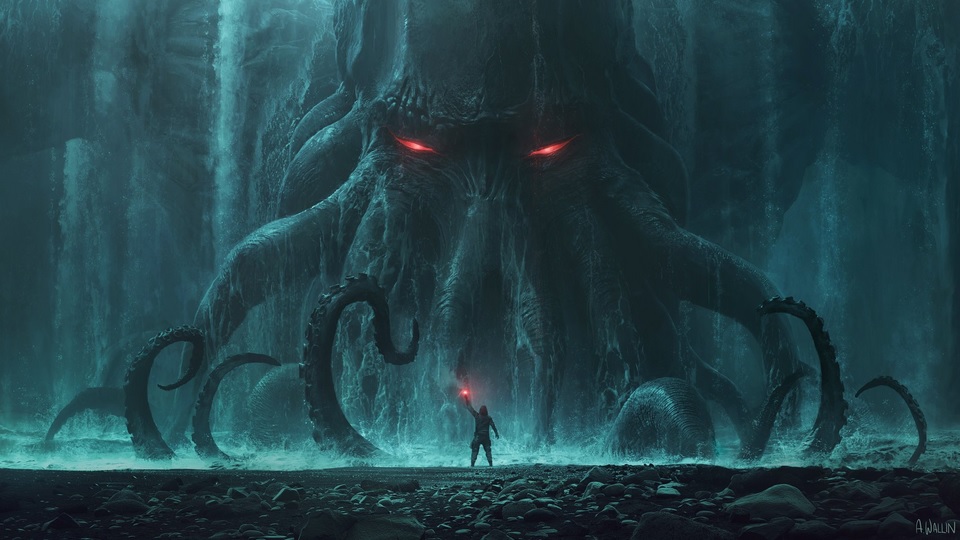
A world lovingly crafted
Call of Cthulhu takes direct inspiration from its namesake, and often simply recreates the narratives of H.P. Lovecraft in its various pre-written campaigns to be played through. The game also takes a 1920s setting, as is the era of H.P. Lovecraft and his tales, and some figures straight from his books (the city of Arkham, loyal cultists, the big boy Cthulhu himself) that truly makes it feel as though each game you play feels like a brand new, and original Lovecraftian work. This game unequivocally understands its origins, and every aspect of its story and gameplay work on Lovecraft’s key themes in his writing; the ordinary against the extraordinary, madness, and hopelessness.
In one of the beginning campaigns played through, the sentiment of the ordinary against the extraordinary was set up fantastically from the get-go. Player characters were thrust from their ordinary backstories and into the extraordinary at the summon of an old benefactor who informs them that he is the only person able to destory an ancient and vengeful genie, before he dies suddenly via an explosion of blood from his mouth. The ghastly occurence immediately besaddles the players with sanity damage (an adjacent gameplay mechanic to health) that continues to take hits as they fall deeper and deeper into the mystery. The most exciting element in a Call of Cthulhu game is the unlikelihood that the player’s will even ‘win’ the campaign. By the time that players reach the spectre they’ve been teased by all game, many characters will have their sanity metres so low that they won’t be able to even face the big bad without going completely mad – a fate equal to death. Those that do survive the ordeal will find their characters in the next campaign burdened with permanent physical and mental scarring, like phobias and anxieties. By even engaging in the game’s design, you are agreeing to play by Lovecraft’s rules, and that is that humans can never hope to win when they are up against all-knowing cosmic deities.
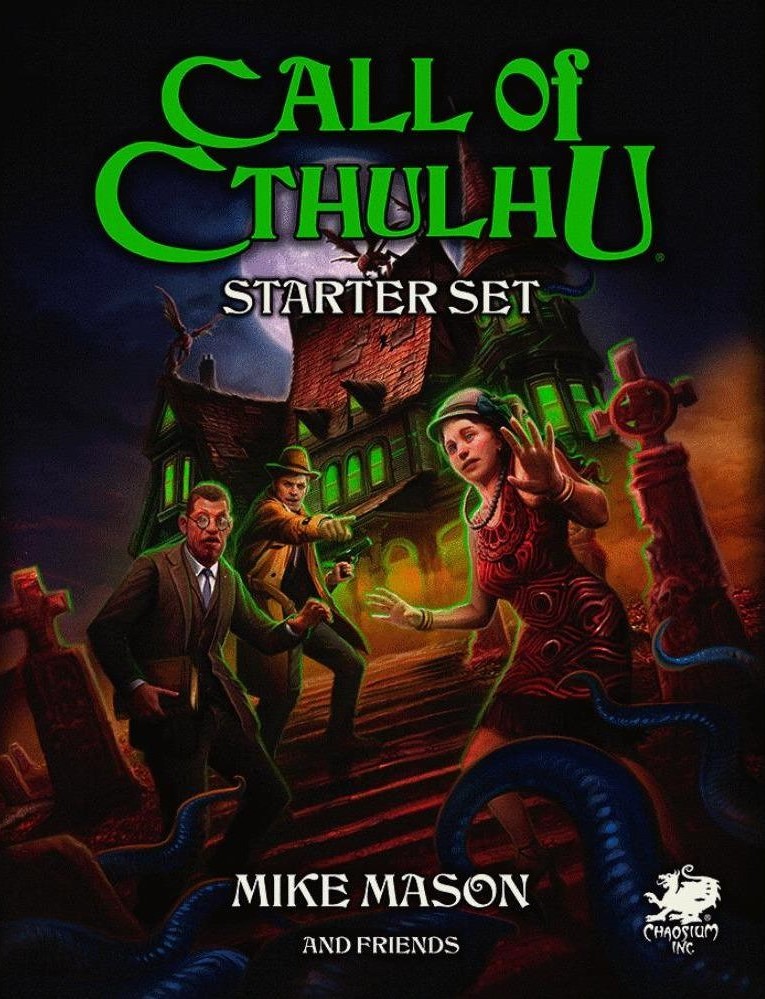
Make your own little cult!
Usually this is where I’d talk about the elements that enhance the horror’s atmosphere, like graphics, aesthetics, soundtrack, etc. But as this is a pen and paper roleplaying game, it features barely any of those elements. And here is where the cleverest part of the Call of Cthulhu experience comes in – you are completely responsible for those things! While the game’s various textbooks will offer some beautiful illustrations of various beasts and settings, much of the atmosphere is completely dependent on the players involved. The game certainly gives you what you put into it. My first playthrough with friends saw us donning some flapper feathers, beads, suits and ties to drum up the 1920s setting. Think about the lighting situation, will you draw the curtains and light some candles? Or play in the dark with torches? Decorate! Add cobwebs around the house! Put together a playlist to accompany you each step of the way and fill it with some spooky jazz! Also, get animated, it’s a lot more fun when everyone puts on a voice and acts out what they’re doing.
Critical hit!
For all the positives of Call of Cthulhu, the only things that I can ding it for is its slight inaccessibility (though that is certainly a trait of table top RPG’s) due to the density of its rules for unfamiliar beginners. I’d also say that it may become plodding at times if you’re looking for an action-oriented experience, but that comes down to personal taste. But, as long as you have three to four friends, and one of them is willing to take on the workload of learning the game, and you’re keen to test your survival skills and not your tactical skills, then you’re in for an exhilirating and chilling time. I give Call of Cthulhu five out of five Cthulhus.

You may like
1 Comment
Leave a Reply
Cancel reply
Leave a Reply
This site uses Akismet to reduce spam. Learn how your comment data is processed.
Gaming
Stygian: Reign of the Old Ones (2019), a Game Review
Stygian: Reign of the Old Ones (2019) is a tactical role-playing video game developed by Cultic Games, evoking Lovecraftian horror.
Published
3 days agoon
April 30, 2024
Stygian: Reign of the Old Ones (2019) is a tactical role-playing video game developed by Cultic Games, evoking Lovecraftian and cosmic horror. Published by Fulqrum Publishing, this game is available through Linux, macOS, and Windows. This review will cover the $19.99 Steam release.
The Great Old Ones have awakened, exiling Arkham after the events of Black Day. Design your character and face the abominations of Arkham. Explore the 1920s through a Lovecraftian aesthetic as you unravel the secrets that plague Arkham, facing unknowable cosmic horror and malicious abominations.
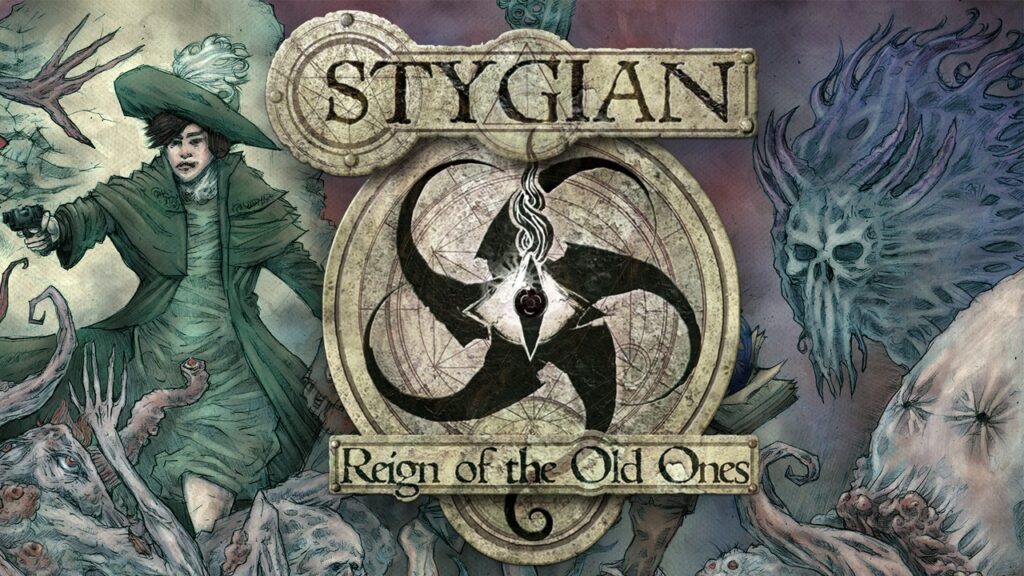
What I Like Stygian: Reign of the Old Ones
The depth of character creation starts the game off on the right foot. While appearance has various options, the game provides greater variety in motives, age, and origins, adding different gameplay elements. For example, age reflects lived experience and physical competency. The younger your character, the less experienced but more physically capable. This dynamic requires trial and error to find the best choice for you.
The paper cutout art provides a unique interpretation of a familiar (but stylish) Lovecraftian aesthetic. While not the most haunting execution of the Lovecraftian, it still manages to unsettle and unnerve while maintaining visual interest. That said, if the style doesn’t suit the player’s taste, Stygian: Reign of the Old Ones might leave that player wanting.
While I find the story engaging and the mysteries worth exploring, there’s a massive caveat to that claim. Regardless, if you fancy the Lovecraftian, few care as deeply and express as much knowledge of the genre as Cultic Games in this installment. This love and knowledge shines through in the often subtle allusions and references to the expanded universe. It may earn its place as the most Lovecraftian game out there.
The characters vary in interest and likability, but there’s usually something about them to add to the overall mystery. Naturally, this remains most evident in the companions that accompany the player on their journey.
In terms of horror, Stygian: Reign of the Old Ones achieves notable success. Despite the subjective points of aesthetics, the game brings out the most unsettling and uncomfortable elements of Lovecraftian and cosmic horror.

Tropes, Triggers, and Considerations
With an understanding of the Lovecraftian comes the question of how to deal with racism. Most properties try to remove this context, but Stygian: Reign of the Old Ones recognizes the text and era (the 1920s) with caricatures such as a lunatic in blackface. I won’t say it fully explores these toxic elements, but it’s not painted in a positive light.
Insanity and mental illness play a large role in the mechanics of the game, such as becoming a key component of casting spells. Loosely related, drug addiction and usage are mechanics with varying degrees of necessity depending on your build.
If these are deal breakers, perhaps give Stygian: Reign of the Old Ones a skip.
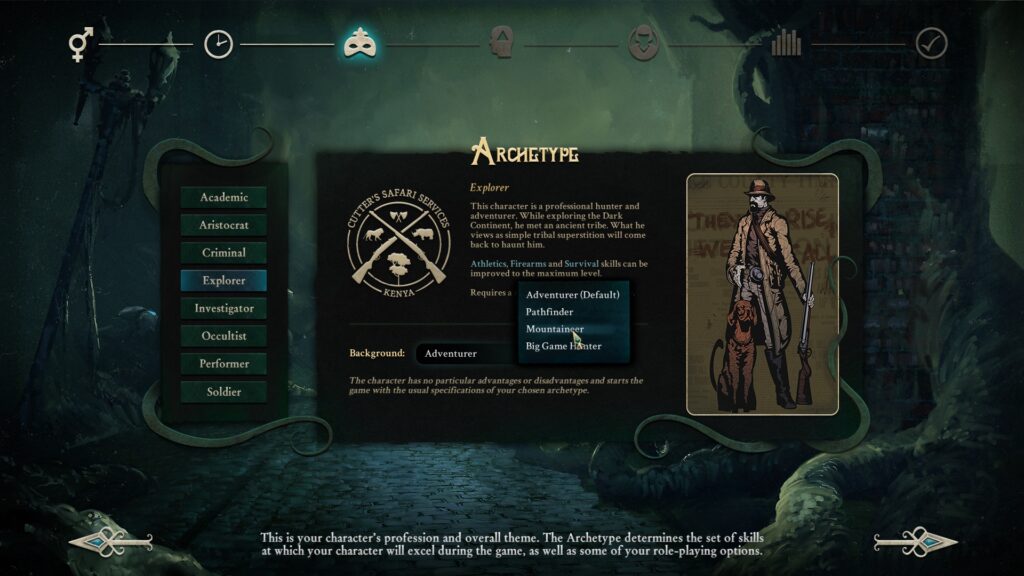
What I Dislike about Stygian: Reign of the Old Ones
In terms of story, this game is unfinished, leaving many plots, quests, and arcs with unsatisfying cliffhangers. My understanding is that Cultic Games planned to finish the game, but money ran out, and the focus shifted to an upcoming prequel. I imagine the goal is to use this new game to support a continuation. But that doesn’t change the unfinished state of Stygian: Reign of the Old Ones. The beginning and middle remain filled with content, but the final act (loosely stated) falls monstrously short.
While this unfinished state mostly affects content, I did run into game-breaking bugs. From my understanding, these bugs completely hinder progress. Most are avoidable, but some are unlucky draws.
It’s these points that make this a challenge to recommend, requiring the potential player’s careful consideration.
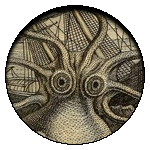
Final Thoughts
Stygian: Reign of the Old Ones accomplishes what many games fail, bringing to life the Lovecraftian. Unfortunately, this game falls short at the end and leaves game-breaking bugs as potential deterrents for full enjoyment. If what you read above entices you, it may be worth the investment. However, it’s unfair to recommend this game within its compromised state.
Gaming
Ashen (2018), a Game Review
Ashen (2018) is a souls-like action RPG developed by A44 and published by Annapurna Interactive available across all platforms.
Published
3 days agoon
April 30, 2024
Ashen (2018) is a souls-like action RPG game developed by A44 and published by Annapurna Interactive. This game provides a single-player and multiplayer experience with passive multiplayer mechanics. For this review, I am discussing the 39.99 Steam release, but it’s also available in the Epic Game Store, Xbox, Nintendo Switch, and PlayStation.
In this bitter world, your character seeks to make a home for yourself and others. This goal requires you to fight for every inch of land, building connections and alliances to maintain a thriving village. Venture further to make the world a more hospitable place, but know the further you travel, the greater the threats.
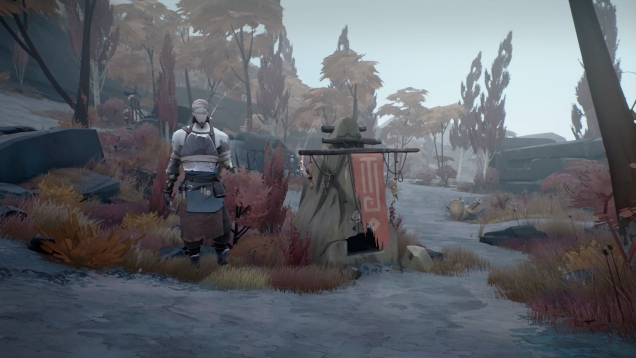
What I Like about Ashen
In 2017, Ashen earned a nomination for the Game Critics Awards’ “Best Independent Game.” It would later earn several more nominations in 2019. At the National Academy of Video Game Trade Reviewers Awards, it received nominations for “Game, Original Role Playing” and “Original Light Mix Score, New IP.” It was nominated for “Most Promising New Intellectual Property” at the SXSW Gaming Awards. Finally, at the Golden Joystick Awards, it earned a nomination for “Xbox Game of the Year.”
The multiplayer experience remains essential for Ashen, focusing on you and a partner venturing together to explore an open-world environment. However, the single-player experience is my focus and the game accounts for this gameplay. Ashen often pairs you with a villager who helps with the challenges.
The art style remains a plus throughout the gameplay. Though muted in colors and lacking finer details, the style creates a unique world that allows players to get lost along their journey. If the aesthetic doesn’t evoke that curiosity, then Ashen becomes hard to recommend.
Vagrant’s Rest and the inhabitants remain a strong incentive to continue on your journey. Seeing the progression of the town and building connections with the people provide the most rewarding experience.
In terms of horror, the art style often evokes an eerie atmosphere. However, I won’t go so far as to say the game is haunting. Instead, it evokes emotions that can unsettle and unnerve the gamer.

Thoughts and Considerations
The souls-like influence remains straightforward. Progression requires the player to defeat enemies and collect currency for weapons or certain item upgrades. Ashen simplifies and focuses its gameplay, reducing variety to polish its choices. The gameplay remains fluid, with a few hiccups that might be a computer issue.
If you prefer magic or defined classes, the gameplay doesn’t enable this variety. Item upgrades and choices define your playstyle, allowing most items to be playable at any stage of gameplay.
Weapons make a greater difference in playstyle. Most of these differences are self-evident (i.e. blunt weapons are slower but stun), but upgrades make any weapon viable. You pick an aesthetic and function, sticking with it until something better catches your eye.
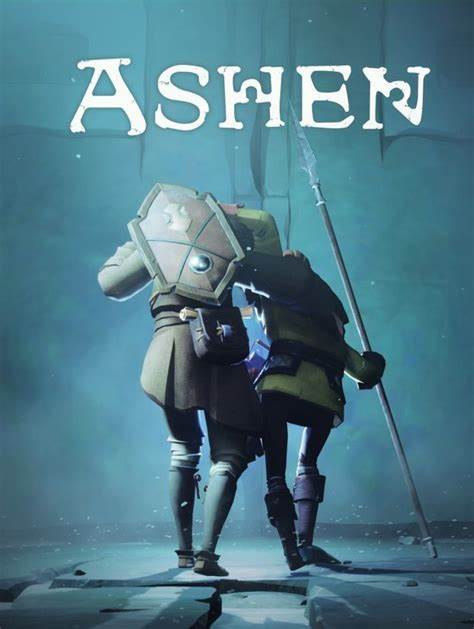
What I Dislike about Ashen
As mentioned, the game had some technical issues. I often assume this to be my computer, but I did note a few others mentioning similar issues. The gameplay remains fluid, so take this comment as a small point of consideration.
With limited roleplay options, liking the characters or art style remains essential for your time and money investment. As mentioned, the game doesn’t hold the variety of FromSoftware, which means their selling point comes from that unique art style and world.
Passive multiplayer is a major part of the marketing for Ashen. While I don’t mind this mechanic, 6 years after release reduces the overall impact. When so few wanderers appear in your game, it’s hard to see the overall appeal.

Final Thoughts
Ashen delivers a highly specialized souls-like experience, preferring to perfect what it can at the cost of variety. If the art appeals and the thirst for a souls-like has you wanting, Ashen stands as a strong contender. However, there are many contenders which make this hard to overtly recommend.
Gaming
I Have No Mouth, and I Must Scream (1995), a Game Review
I Have No Mouth, and I Must Scream (1995) is a point-and-click horror game based on Harlan Ellison’s award-winning short story.
Published
4 days agoon
April 29, 2024
I Have No Mouth, and I Must Scream (1995) is a point-and-click horror game based on Harlan Ellison’s award-winning short story of the same name. Developed by Cyberdreams and The Dreamers Guild, this adaptation brings a new perspective to a familiar story. I heard of free purchasing opportunities for this game but cannot verify the quality. For this review, I played the 5.99 Steam release.
Play as one of the remaining humans on earth: Gorrister, Benny, Ellen, Nimdok, and Ted. Each faces a unique challenge from their common torturer, the AI supercomputer known as AM. Chosen by AM to endure torment, these challenges require the participants to face their greatest failures and tragedies.
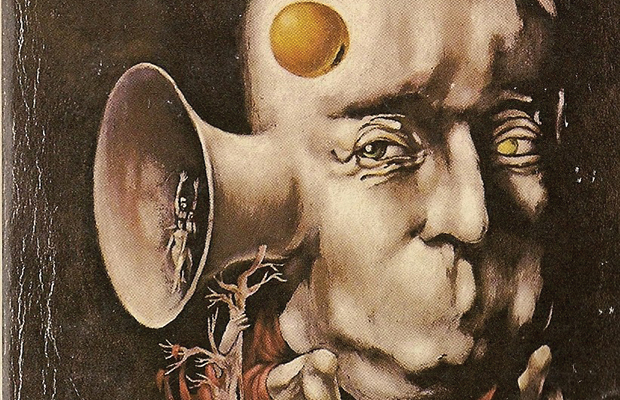
What I like about I Have No Mouth, and I Must Scream
Having experienced this story a few times, Harlan Ellison provides the most substantive execution of his vision and moral questions in this game. While all have individual merits, I assume the added content and context better dive into the relevant points he hoped to explore. He also played the voice of AM, giving us the emotional complexity of the machine as he saw it.
As the above comment indicates, I Have No Mouth, and I Must Scream remains a faithful adaptation with only one notable change. While that one change does reflect in that character’s journey, it uses that opportunity to the fullest. Where the short story left room for potentially inaccurate interpretations of the characters, this added context makes us better understand them.
The game’s writing remains a selling point for this story-driven experience. It dives further into the lore of the human characters and even allows further development of AM in the process. There are many ways to progress, and the multiple characters allow gamers to adventure further if stuck. That said, progressing individual characters to complete their journey remains essential for the true ending and experience.
As a point-and-click game made in 1995, I Have No Mouth, and I Must Scream holds up well. In many ways, it pushed the genre in its time with dynamic storytelling and game features. Harlan Ellison was someone who pushed boundaries to challenge himself and others. He saw the gaming industry as another opportunity to evoke story-driven art, a focus reflected here.

Thoughts, Triggers, and Considerations
I Have No Mouth, and I Must Scream adapts a dark and bleak story from an author notorious for his dark material. This game is no exception to that standard. Mental illness, sexual assault, genocide, and torture envelop the game. These elements are handled with attention but remain triggering to those sensitive to such dark material.
If these are deal breakers, I Have No Mouth, and I Must Scream will likely earn a skip.
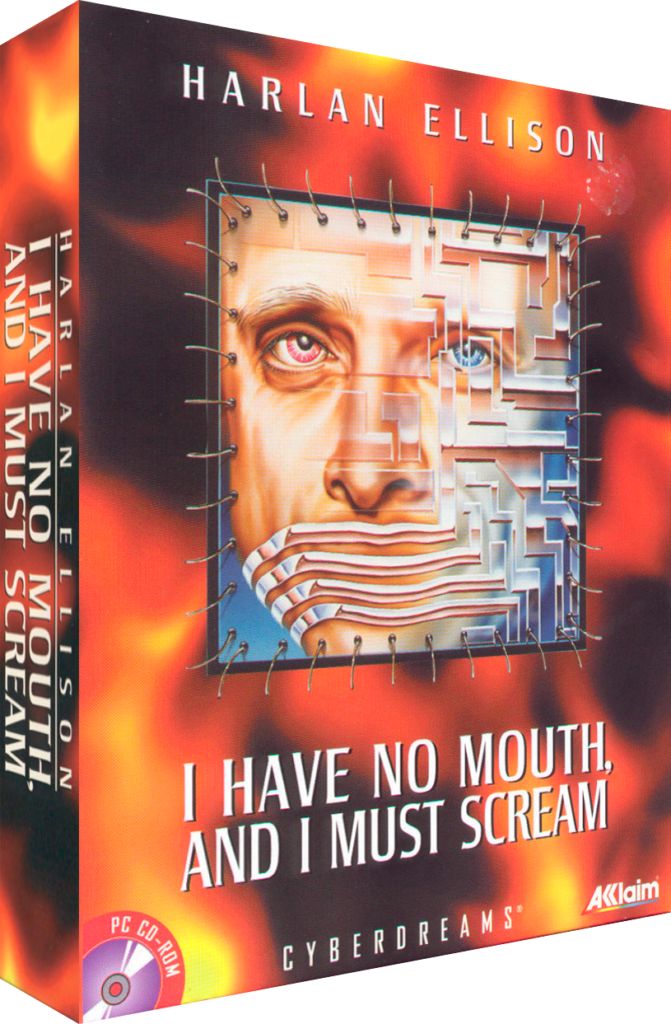
What I Dislike, or Considerations, for I Have No Mouth, and I Must Scream
While the short story remains a haunting example of fiction in every sentence, I Have No Mouth, and I Must Scream doesn’t evoke the same tension. It allows room to breathe or refocus on another character, which reduces the horror such a story evokes. While the characters participate in their torment, the loss of agency and hopelessness doesn’t translate in the execution.
Some mechanical and gameplay issues are noteworthy. For example, the saving mechanic remains dated, piling up if you save often or for specific reasons. Most of the mechanical issues stem from outdated UI from a gamer of a more modern era. Play it long enough, and elements start to click, but it needs that user investment.
Point-and-click caters to a niche audience, so modern gaming audiences aren’t inherently the demographic. The puzzle-solving and gameplay won’t win you over if the genre isn’t to your taste. Even within the genre, many of the puzzles remain challenging. For fans of the genre, this likely earns a positive merit. For those looking to continue the short story, this challenge will prove an obstacle.

Final Thoughts
I Have No Mouth, and I Must Scream provides a new opportunity for the award-winning story to reach new audiences and continue to grow. Not satisfied with repeating his story in a new medium, Harlan Ellison expands this bleak world through the point-and-click game. While not as haunting as the short story, this game provides the most context and development of any adaptation before it.



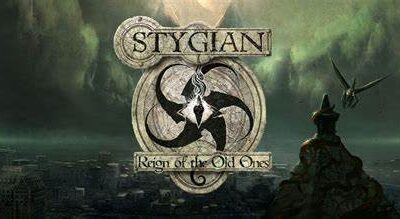







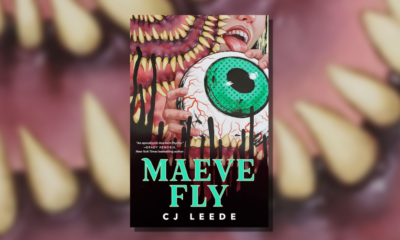





David Davis
April 18, 2020 at 5:23 am
I really want to play a game of Call of Cthulhu. I never have and that is incredibly scary to me.